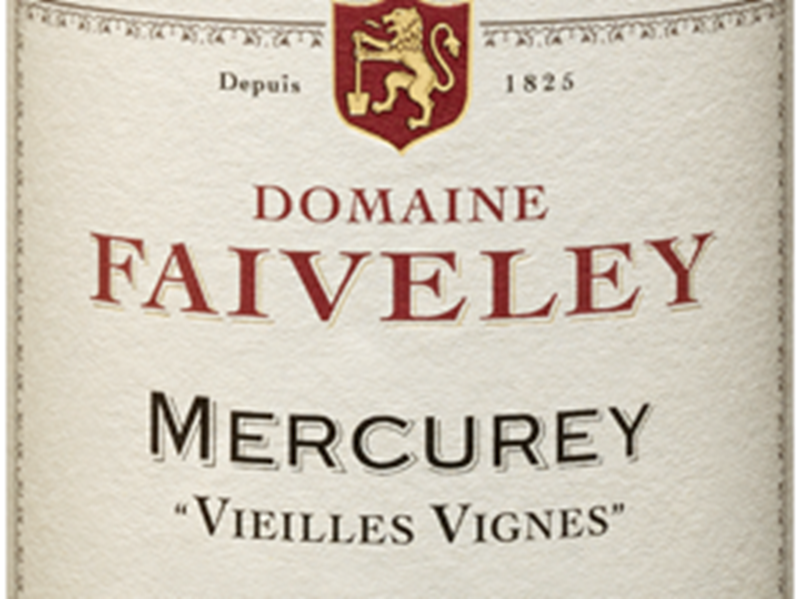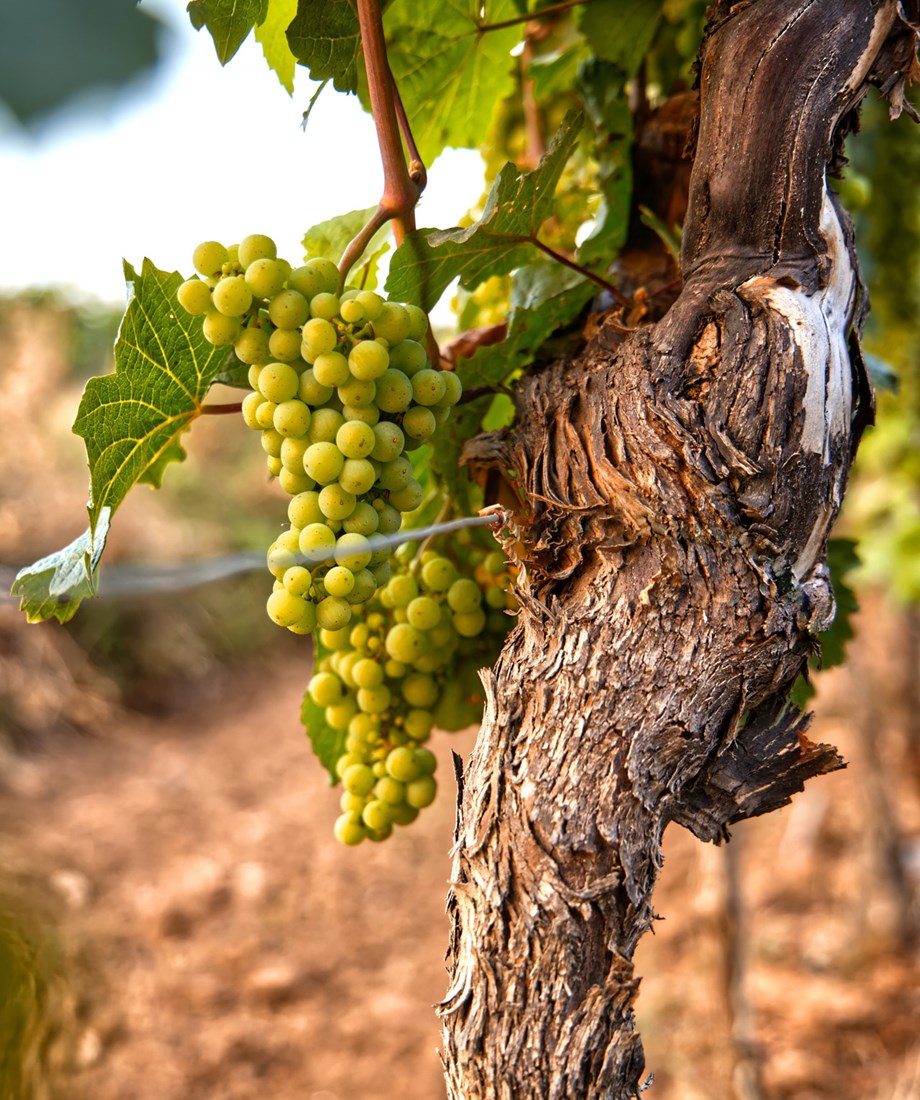Article - RareWine Academy
Vieilles Vignes - What Are "Old Vines" All About?
The term "Vieilles Vignes" can be seen on wine labels in several languages. A term that means a lot for marketing, but perhaps less for the wine itself?
"Vieilles Vignes" or "old vines" are terms that can be passed around on labels to indicate that the grapes for the wine in question were harvested from old vines. To be clear from the outset: there are no official rules for what can be defined as old vines - only the Barossa Valley in Australia has a set of rules been established for what can be called "old vines". The Barossa Valley is home to some of the oldest vineyards in the world that have continuously produced grapes for wine production. The oldest vines are more than 150 years old.
In France, the term "Vieilles Vignes" is often used on the label, but there is no definition of when producers can use this term. In some cases, the producer may consider 20-year-old vines as "Vieilles Vignes", for other producers we talk about vines over 70 years old.
 The expression "Vieilles Vignes" can often be found on the label of a bottle of wine.
The expression "Vieilles Vignes" can often be found on the label of a bottle of wine.
A Life Cycle For Vines
When looking at the life cycle of the vine, there are of course many factors that play a role in how the individual vine develops. So, in this imaginary example, we start with an average vine. Depending on the grape variety, growing location, cultivation methods, etc., this can then vary:
0–3-Year-Old Vines
In the first two to three years, the vine takes root and establishes itself in the soil. The roots grow and the first branches form. Individual grapes can be set, but not in a quality that can be used for wine production. At this stage the vine must have the best conditions to grow and, in many areas, irrigation is applied to a lesser extent to give the vine the best start. After this period, irrigation is no longer allowed in many European wine regions.
3–25-Year-Old Vines
The next age-range is optimum for the vine. From an age of just over 3 years to an age of about 25 years, both quantity and quality will increase. With each year, the roots work their way further into the subsoil, so that the vine is even better nourished. The further the roots advance into the subsoil, the less the vine is dependent on changing amounts of water in the individual vintages.
It is in these years that the vine becomes more resilient so that it can perform better in every aspect. It is also in these years that the vine gets more bunches with more grapes per bunch. This period is particularly interesting if the winegrower wants to produce large quantities of wine, as the vines produce a large yield. These years are also important for the quality-conscious producer. It requires a lot of work in the vineyard to prune the vines optimally. Only with the right pruning work do you get high-quality grapes.
+25-Year-Old Vines
When the vine is on the other side of the solid 25 years, we start to see the term "old vines" appear on the labels of the different varieties. The vine itself is now past the period when it gives the greatest yield, and so the yield decreases a little in the next few years during the life of the vine. This leads to fewer bunches of grapes, which in turn have fewer grapes. Although the quantity decreases, the quality actually increases, which makes it particularly interesting to focus on the old vines.
 Old wines og "Vieilles Vignes" can be found in almost every traditional wine district.
Old wines og "Vieilles Vignes" can be found in almost every traditional wine district.
Pre-Phylloxera - Meaning Before The Grape Aphids.
Pre-phylloxera is a term used for vines that have not yet been attacked by the wine aphid that attacked and destroyed most vines in Europe in the late 19th century. For this reason alone, there are not many vineyards in Europe with vines more than 100 years old. There are a few exceptions where particularly sandy soils have made it impossible for vine aphids to survive.
A few countries, mainly outside Europe, have been almost spared from vine aphid infestation, including Chile and the western part of Australia, where there are still many old vines. The old, original vines are also said to produce wines with better balance, but they also take longer to be ready to drink.
What Do Old Vines Give To Wine?
However, the number of grapes per vine decreases from year to year, which leads to more concentration in the remaining grapes. In addition, the balance of the grapes is also more optimal; acidity, sugar, and tannin are better balanced, and the finished wine will also offer better taste sensations as a result.
The old vines, and not least their roots, are better anchored in the vineyard. The roots protrude deeper, so they receive more nutrients from deep underground. Some winemakers think that this gives the wines more flavor of their origin. French winemakers in particular like to call this "terroir".
The purpose of the vine sending its roots deep into the soil is to get water. The further down the vine's roots go the more stable the vine's water supply. Water is essential for the vine to form grapes and grow. If the roots reach down to the water table, the water supply is guaranteed even in years when it is not raining much. It creates a more stable level for the vine and thus more stability in the production of grapes and wine.
The actual concentration in the grapes is a logical consequence of fewer grapes on the same vine. However, a higher concentration of flavors does not always result in a stronger wine. The trick for the winemaker is to extract the aromas in such a way that the wine ends up in balance. This balance is exactly the keyword for most winemakers who have vineyards with old vines. The stability that comes from having the roots far down and the fewer but more concentrated grapes make for a better balance inside the grape.
Of course, there will also be a much lower yield as the vines get old. The lower yield can quickly become a bad deal if you cannot sell the wine at a high enough price. The winemaker must constantly keep an eye on where the cut point is so that he can replant his vineyard at the right time.
This Is What You Can Expect From Old Vines
You can expect wines that are made with greater attention to all parts of the process. The low yield means that the producer must have a strong focus on all elements in the process to ensure an optimal yield from the few grapes that the old vines provide.
Many wines will appear with a great concentration. Even more, wines will appear with a good balance between the structural elements of the wine. The better balance will also mean that these wines have an even better potential for development. It is not always the case that producers use the term on their labels, yet many of the best wines in the world are made from grapes harvested from old vines. Either way, you often find wines with the term "Vieilles Vignes" on the label, but it is not necessarily an expression of quality or very old vines.
